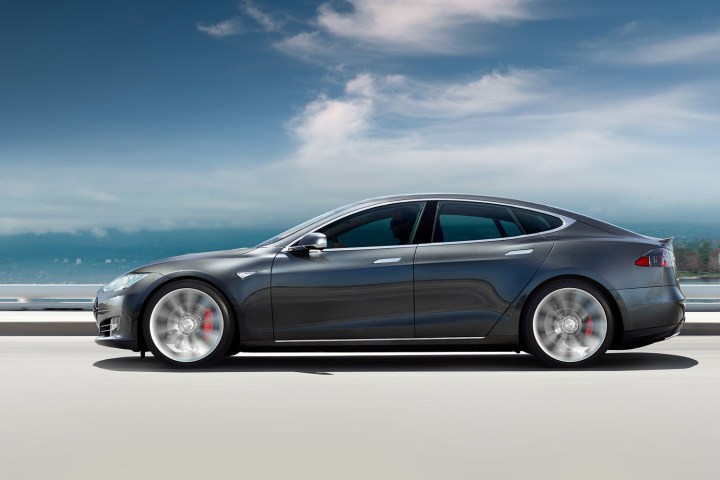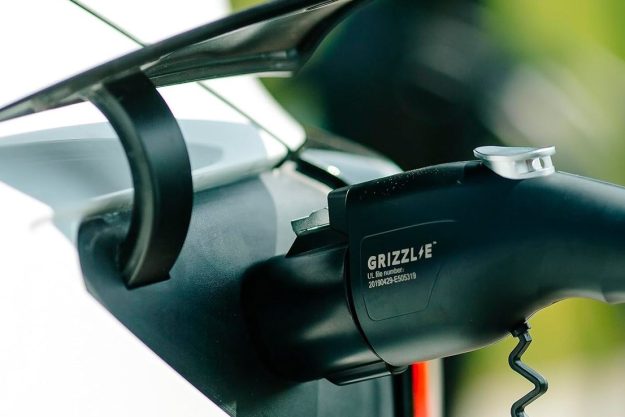
The current goal set by the California Air Resources Board (CARB) is a 15.4-percent market share for ZEVs by 2025. Now that it looks like the goal will be easily surpassed, the state is considering changing the rules, and some of the car companies that have done the most to promote ZEVs, including Tesla and Honda, are crying foul, according to Bloomberg.
California gave itself the authority in the early ’90s to go way beyond federal standards. Rather than set target pollution levels, they focused on solutions. The ZEV rules require that carmakers sell ZEVs in a specified percentage of their total market share in the state. If they go over the percentage they get credits. If they don’t hit the goals, they have to buy credits. Credits can be sold to carmakers who didn’t reach the market share goals.
Tesla, of course, doesn’t make anything but electric cars, which means it has loads of extra credits. In 2015 Tesla sold 50,658 vehicles around the world and sold $168.7 million in credits in California’s ZEV program and other programs.
Now that Norway and the Netherlands have both set 100-percent ZEV goals for new car sales by 2025 and Germany and even California set goals for 100-percent emission-free markets by 2030, California is giving thought to raising the market share levels and changing the credits system with the current ZEV program.
The 100-percent market share doesn’t bother Tesla, of course, especially given the nice income stream it gets from selling credits to help other carmakers who don’t hit the interim goals. But Tesla could feel shortchanged by changes in the system, depending on how they are instituted.
Dan Sperling, an engineer and scientist from UC Davis on the CARB board, said, “The board could strengthen the mandate by simply raising the number of credits and sales automakers need to comply. Or, conscious that the requirements could be seen as a ‘Tesla subsidy program,’ regulators could limit the credits that any individual automaker can sell.”
Tesla’s vice president of business development, Diarmuid O’Connell, said that while he supports raising the emissions targets, the idea of capping credit sales is, “an extremely stupid idea: You’d be punishing people who are doing the most to put EVs on the road.”
Honda’s assistant vice president for U.S environmental strategy, Robert Bienenfeld, said, “It’s a feature of the regulation that you’re required to produce fewer cars if you invest more in technology. It’s bizarre to say we need to make the regulation more stringent because it’s working.”
So under the current ZEV rules, California could end up handing out a lot more credits than it foresaw. The upside is that rather than sell them, companies can also use the credits to invest in clean technology to speed the race to pollution-free vehicles even faster, which was the purpose in the first place.
Editors' Recommendations
- Elon Musk says Tesla will move its headquarters out of California
- Colorado will adopt California’s zero-emission vehicle mandate to boost EV sales




